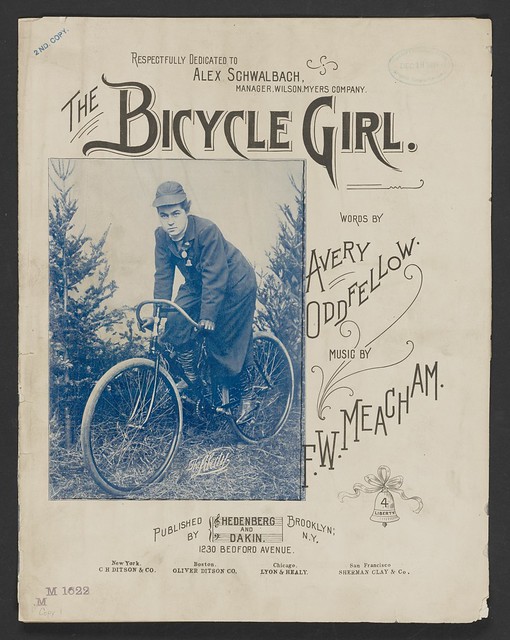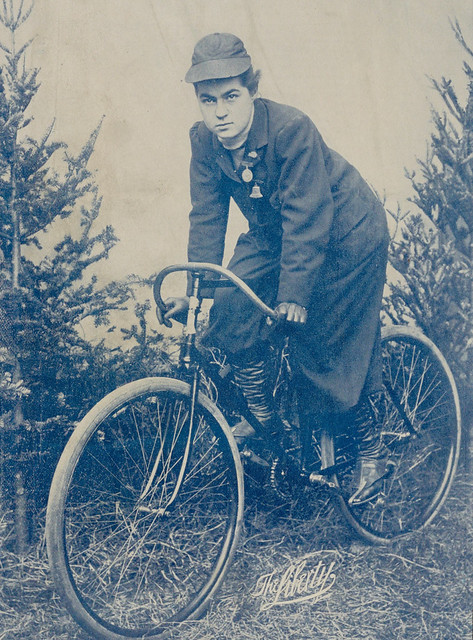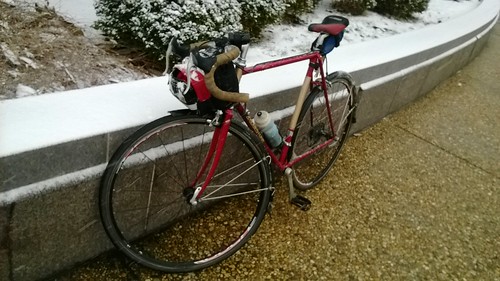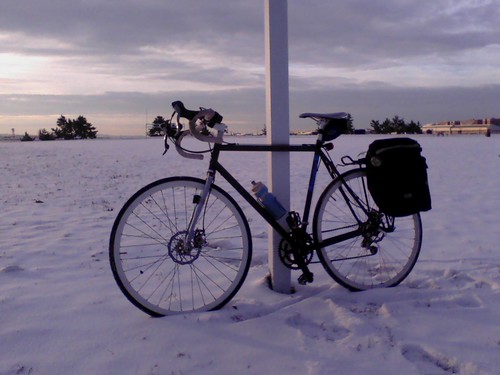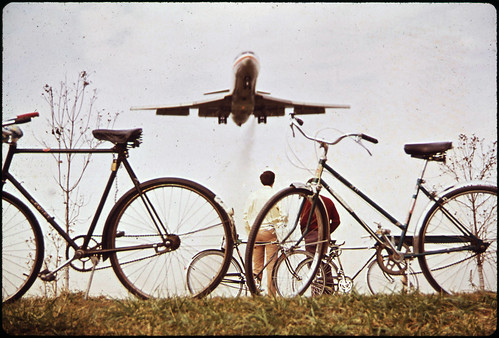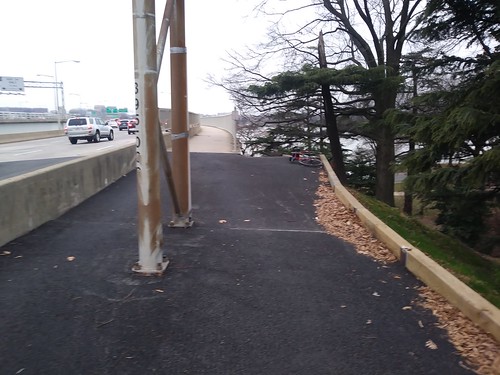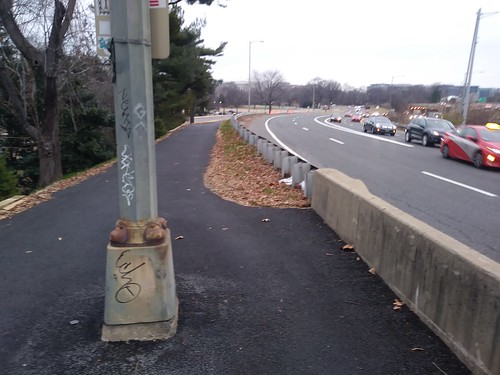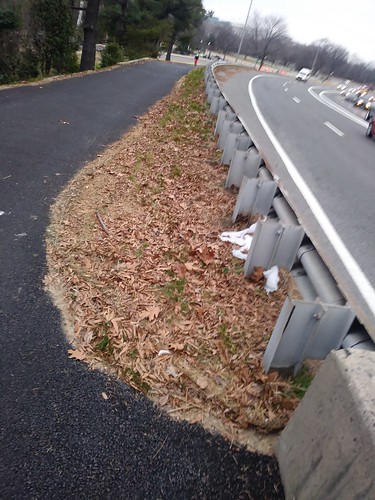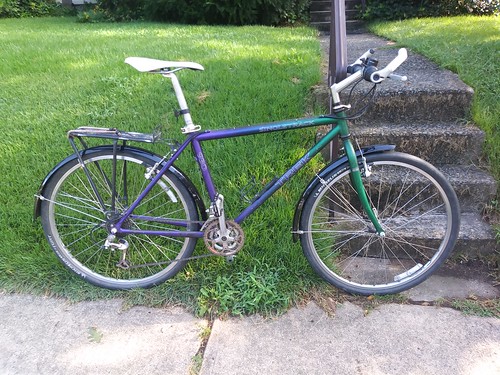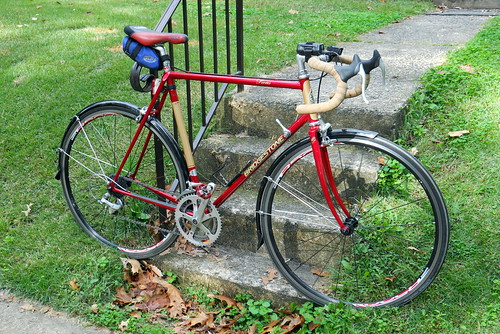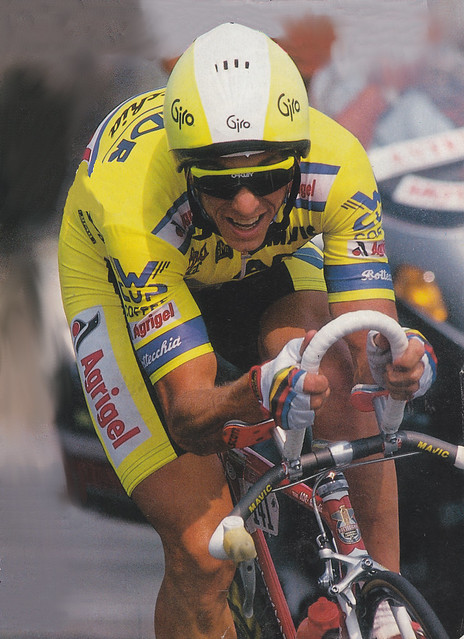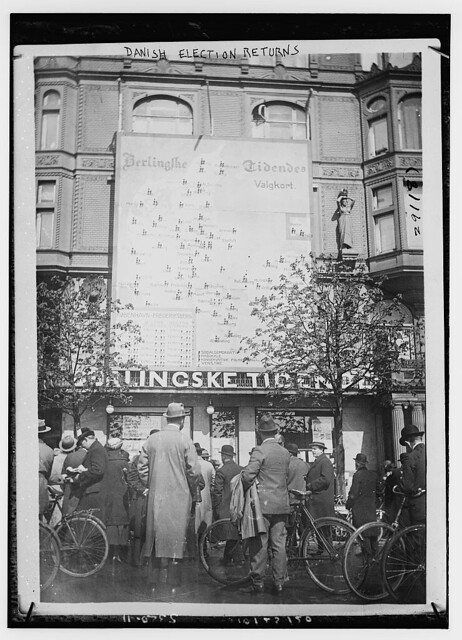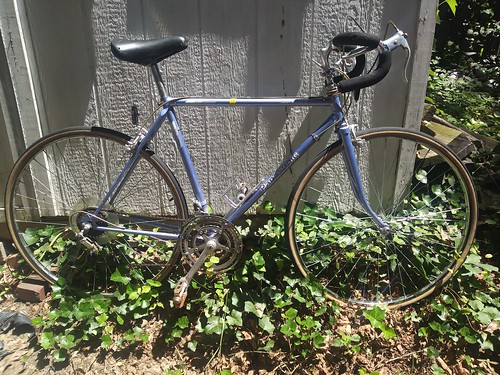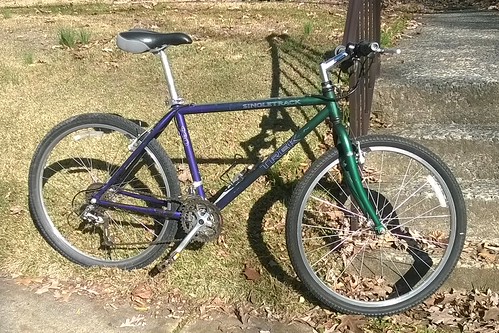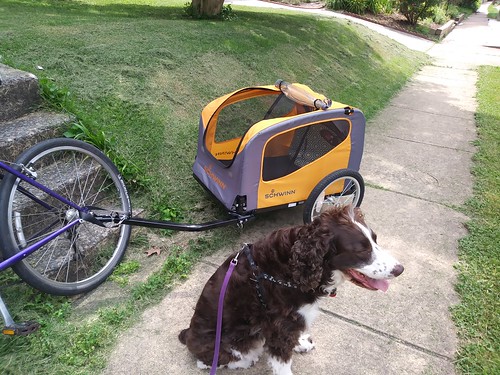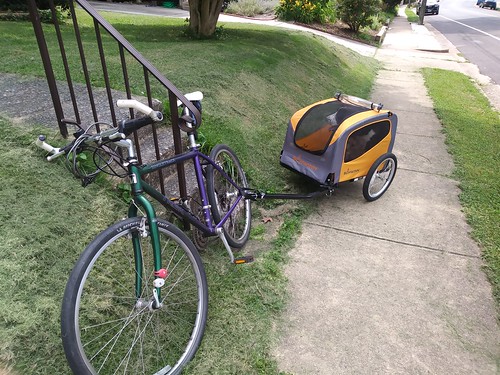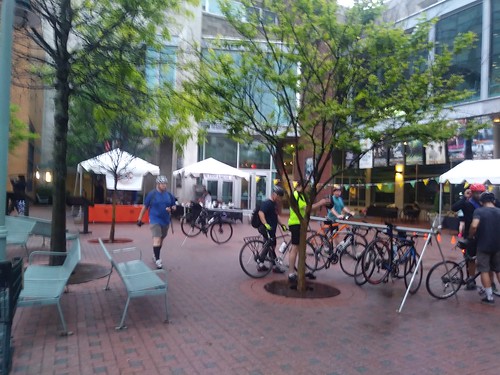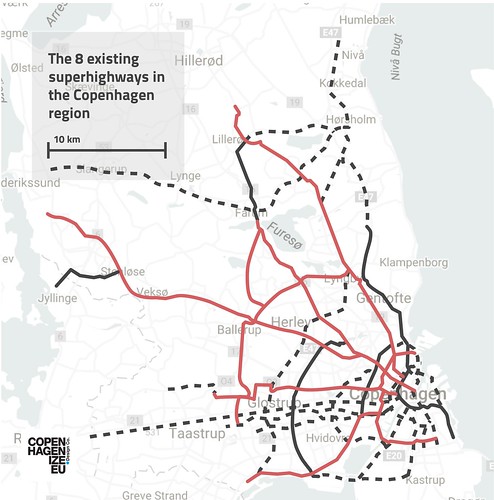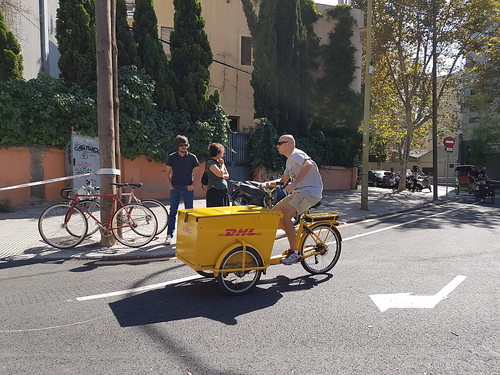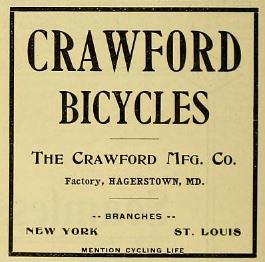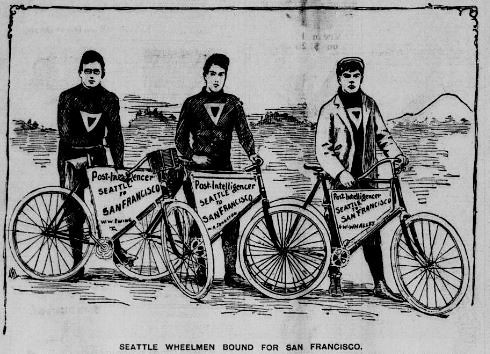
I bought more tires at some point than I needed and switched mostly to 25 mm wide tires, so I ended up having this 23 mm tire probably longer after it was manufactured than I realized. Then I wasn't able to ride much of the winter and the tire developed these odd red . . . things. What are they? But they didn't seem to weaken the tire. I rode it a few times, then noticed the grey stripe material was giving way. Yikes!
In 2007 when I purchased a carbon fiber road bike in a fit of self-indulgence, I assumed I would ride it with 700x23 tires forevermore. But then I got a steel frame road bike and it came with 700x25. This of course was hardly a fat tire, but it was more forgiving in certain ways than the narrow tires, and eventually I became convinced it had little influence on how fast I could ride (which was hardly a huge concern anyway).
Unfortunately right before I became convinced of the superiority of the slightly wider tires, I purchased several Michelin tires that were on sale. Eventually I decided I would use up these on the front tire of my carbon figure bike. What we see above is the last one. I realize I have no idea how many years old it is . . . as it happens, I had some surgery so I was not riding this bike for something like six months. I was surprised to see that over the winter, these crazy red dots had appeared, but the tire seemed sound. I rode it a few times, then Sunday looked at it again and discovered it was coming apart at an accelerated rate, to say the least.
This is a Michelin Krylion Carbon Road Bicycle Tire (700 x 23) - Black/Grey. Michelin no longer makes this tire, which was somehow related to the ProRace tire Michelin was selling at the time. Typically described as a "training tire" rather than a "racing clincher." This particular one came with a grey sidewall stripe, which is not something I was looking for it often seemed like tires on sale had some odd color (and I'm cheap, I guess).
It is somewhat dramatic to me how the tire rubber is giving way now - you can clearly see the casing under the rubber. So bike tires do age, if you don't wear them out otherwise, it appears. Yikes!
